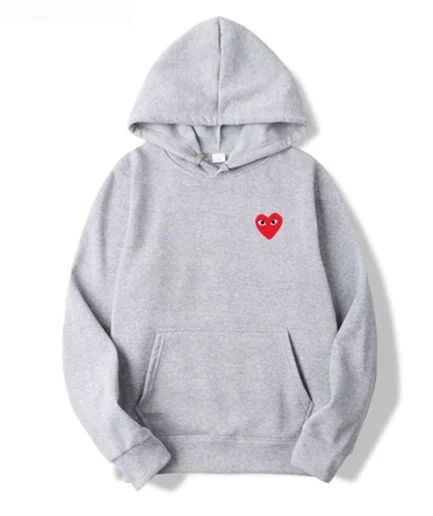Vivienne Westwood, a Fashion Designer

Punk pioneer and iconic fashion maverick Vivienne Westwood passed away on Thursday at the age of 81.
Her passing was reported on social media by Westwood’s brand, which stated that she passed away quietly. There was no mention of a cause.
According to the statement, “Vivienne continued to do the things she loved, right up until the very end, designing, working on her art, writing her book, and influencing the world for the better.”cdgmarch
Westwood’s career in fashion
began in the 1970s when her avant-garde take on urban street style swept the globe. She went on to have a long and successful career, marked by a number of successful runway shows and museum exhibitions.
Even though Westwood’s focus changed from year to year, her range was wide and her work was never predictable, the name Westwood became synonymous with attitude and style.
She appeared to have a fashion sense beyond her growing stature. Even though she continued to have her hair dyed that distinctively vivid shade of orange, the young woman who had rejected the British establishment eventually rose to become one of its leading stars.
Westwood and former Sex Pistols manager Malcolm McLaren, according to Andrew Bolton, curator of The Costume Institute at the Metropolitan Museum of New York, “gave the punk movement a look, a style, and it was so radical it broke from anything in the past.”
Westwood’s lengthy career was rife with contradictions: the queen frequently recognized her for being a lifelong renegade. Even in her 60s, she continued to dress like a youngster and became a vocal opponent of climate change, predicting the end of the world.
In her punk days, Westwood frequently wore disturbing clothing on purpose. T-shirts with illustrations of naked guys and “bondage pants” with sadomasochistic overtones were commonplace in her well-known London stores. But Westwood managed to seamlessly make the switch from punk to high couture, maintaining her career without reverting to self-parody.
She was constantly attempting to innovate clothing
. Her work is rebellious and controversial. It has strong roots in the satirical, ironic, and pastiche traditions of England. She sends it up despite being quite happy to be English, according to Bolton.
One of those divisive images had the term “Destroy,” a swastika, and a reversed depiction of Jesus Christ on the cross. She claimed it was part of a message against politicians torturing people in an autobiography she co-wrote with Ian Kelly, citing Chile’s Augusto Pinochet. In a 2009 interview with Time magazine, Westwood was asked if she regretted using the swastika. She responded, “No.”
I disagree since we recently told the elder generation that we don’t respect their morals or taboos.
In her early years, she attacked her profession with enthusiasm, but as time went on, she appeared to grow weary of the commotion. She occasionally spoke wistfully of leaving the fashion industry after decades of designing in order to focus on environmental issues and educational initiatives.
She told The Associated Press after revealing one of her brand-new designs at a show in 2010 that “fashion can be so boring. “